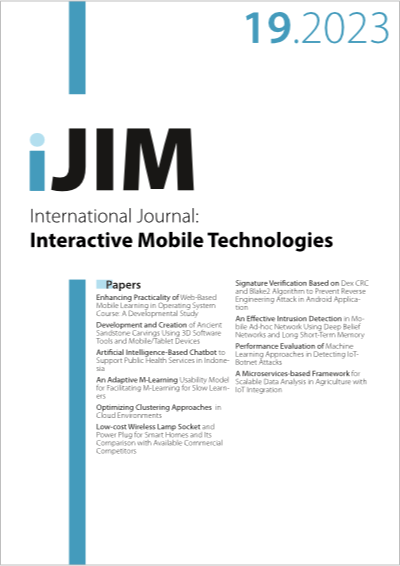Optimizing Clustering Approaches in Cloud Environments
DOI:
https://doi.org/10.3991/ijim.v17i19.42029Keywords:
Cloud computing; Load distribution; Clustering approaches; Performance analysis; Multiple cloud clustersAbstract
This study focuses on the challenge of developing abstract models to differentiate various cloud resources. It explores the advancements in cloud products that offer specialized services to meet specific external needs. The study proposes a new approach to request processing in clusters, improving downtime, load distribution, and overall performance. A comparison of three clustering approaches is conducted: local single cluster, local multiple clusters, and multiple cloud clusters. Performance, scalability, fault tolerance, resource allocation, availability, and cost-effectiveness are evaluated through experiments with 50 requests. All three approaches achieve a 100% success rate, but processing times vary. The local single cluster has the longest duration, while the local multiple clusters and multiple cloud clusters perform better and offer faster processing, scalability, fault tolerance, and availability. From a cost perspective, the local single cluster and local multiple clusters incur capital and operational expenses, while the multiple cloud clusters follow a pay-as-you-go model. Overall, the local multiple clusters and multiple cloud clusters outperform the local single cluster in terms of performance, scalability, fault tolerance, resource allocation, availability, and cost-effectiveness. These findings provide valuable insights for selecting appropriate clustering strategies in cloud environments.
Downloads
Published
How to Cite
Issue
Section
License
Copyright (c) 2023 Abdel-Rahman Al-Ghuwairi, Dimah AL-Fraihat, Yousef Sharrab, Yazeed Kreishan, Ayoub Alsarhan, Hasan Idhaim, Ayman Qahmash

This work is licensed under a Creative Commons Attribution 4.0 International License.



